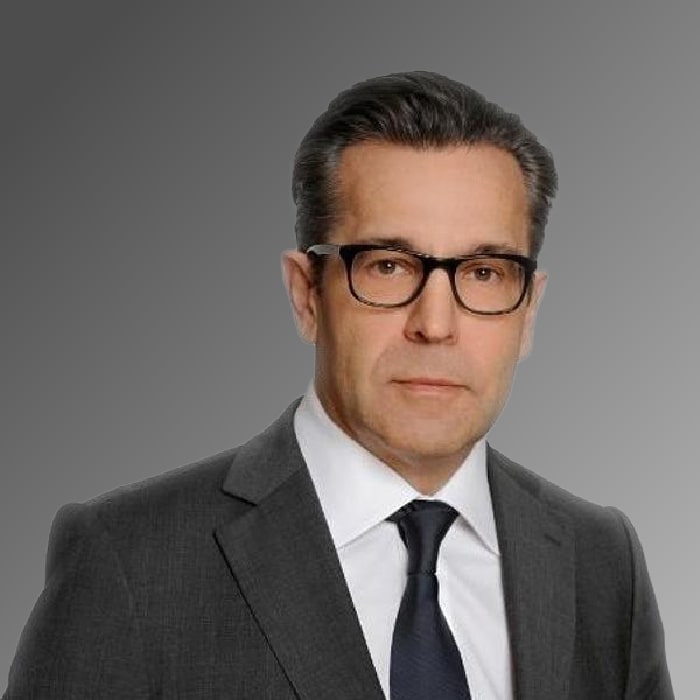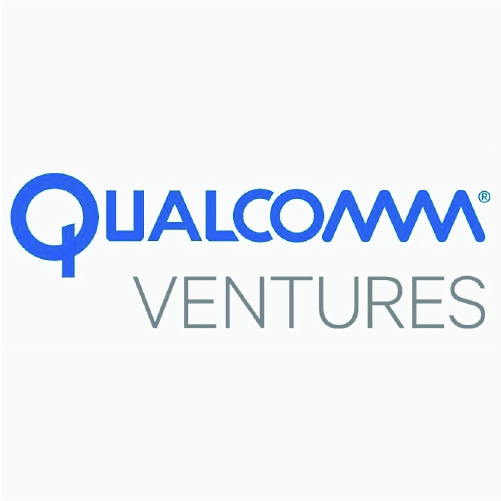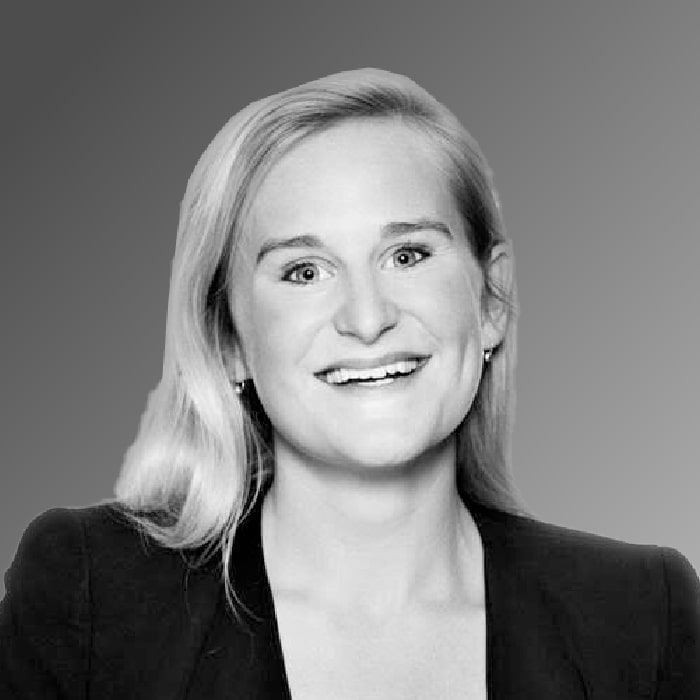Bosch Venture Capital Expands Parent Firm’s Strategic Horizons
May 10, 2024
Interviewed by Nicolas Sauvage on February 9, 2021
Yvonne Lutsch, Bosch Venture Capital’s investment principal, visited Corporate Investing Insider to discuss the role of her fund’s advisory council. She said the venture fund views itself as a financial VC seeking startups that provide a strategic fit rather than the other way around.
From Engineer to “Big Picture” Architect
While there is no single formula for getting into corporate venture capital, Yvonne took a familiar path. She started with the Robert Bosch parent organization, the multinational engineering and technology company headquartered in Germany, nearly 20 years ago as an engineer in the semiconductor fabrication unit. After several promotions to leadership positions later, Yvonne became part of Bosch Sensortec, one of the company’s internal startups.
“This was very intriguing for me and a little bit life-changing. Before, I was more in a classical engineering role, in a plant role where you see only the small picture. You don’t see the real impact of your contribution.”
Yvonne modestly said she was lucky to land the new investment principal position at Bosch’s Sunnyvale, CA, office. But the truth is that she was also uniquely qualified, thanks to the network she had established, her history of success within the parent organization, and her familiarity with the startup process and innovation mindset. The new position required effective communication with entrepreneurs, using a language they resonate with, and fostering positive connections between Bosch and its portfolio companies.
She laid the groundwork by nurturing her interest in the strategic alignment of engineering, manufacturing, and innovation. She was more than eager to relocate to the San Francisco Bay area to head up Bosch’s new team centered on automotive and consumer electronics development.
Connections and Collaboration
“Silicon Valley is all about startups. It’s about disruption, but it is also about cooperation. There is no other place on earth where you can bump into and talk so easily to people from your arch-enemy organization. I was completely blown away by the opportunities you can build with other corporations, customers, and suppliers on a very creative level to create innovation with the help of startups at an incredibly fast pace. So, after starting this innovation hub here, I had to figure out how to become a venture capitalist.”
She said the fact that corporations vie for customers does not have to stop their CVC arms from cooperating.
“We will have the press announcement next week, where we are actually investing together with one of our big competitors,” she said. “We always said this was an option, but saying is one thing and doing it is another.”
Co-investing with another entity with similar business goals, Yvonne said, makes the project more attractive to financial VCs who perceive less risk if the lead investor wields more influence over the startup, strongarming them into concentrating on products to their specifications. When there are two or more investors representing similar interests, by definition, they have agreed that the technology is worthy of further exploration and has the potential for monetization.
Yvonne said that attracting those financial VCs to complement the involvement from respected strategic CVCs creates the right mix of investors.
“A strong syndicate is important because in many cases there will be a next round (of funding),” she argued. “Whenever there is more need for money, you have to keep yourself attractive to the startup. A syndicate of good names, in the financial world, but also proven or upcoming VCs in the strategic world, is the best you can do.”
Strategic and Financial Incentives
Bosch Ventures must evaluate both the strategic aspect of each investment — its potential to develop products and technologies that will boost the mothership’s competitive advantage — with its financial potential because startups, by nature, are prone to pivoting and evolving. Often these strategic shifts turn the organizations in directions that no longer align closely with Bosch’s mission.
“The very first filter is whether this has some value, some fit for Bosch,” Yvonne explained. “So, it’s in the very beginning of the funnel, and this is also reflected in our internal process. We discuss the strategic fit with our advisory board, which is Bosch people, but it’s not the board of management. All decisions and the milestones to come to an investment are reached within Bosch Venture Capital ourselves. It’s all about, is this the right team, the right product, the right market, the right time, the right financials, the right cut, the right other investors.”
Bosch Ventures evaluates investments based on both strategic alignment with Bosch’s mission and financial potential. The initial filter assesses value and fit for Bosch, with decisions made internally. While strategic fit is crucial, Bosch also supports startups for their operational goals and potential financial returns. Unlike typical corporate venture capitalists, Bosch sees itself as a financial VC seeking strategic fit. The process involves pitching potential investments to an advisory council, ensuring alignment with Bosch’s objectives. The venture team explores opportunities beyond the company’s core competencies, broadening the range of eligible startups for investment.
Looking Ahead and Looking Outward
That approach has led to her group’s current focus on next-generation computing along with its traditional stronghold in automotive technology, especially developments “which are applicable for more than one division (that will) help Bosch and the world in a larger sense to get most out of all the data produced,” Yvonne said. “There’s one the analytics to bring the best out of the data, but also the compute itself to keep all these gigantic neural networks running and to do this on the edge, so, analytics, compute, interfaces, sensors, connectivity, AI. These are all very interesting fields.”
At the same time, the advisory council provides a connection with the mothership and ensures more of an arms-length relationship. Yvonne noted that one of her most rewarding investments was made possible through a strong strategic fit with a Bosch division she was not fully aware of.
The lesson is that CVC leaders do not necessarily need to be fully conversant with the parent organization’s scope and footprint. Yvonne said that instead of trying to talk to everyone,
“talk to the right people in the mothership — not only at the right functional level, but also from the right mindset. Over time, the corporation will come to value open or outside innovation and put the right people in the right strategic positions to facilitate innovation.”

 Vetting potential investments through a corporate advisory council ensures alignment with the mothership’s objectives. The venture team’s job is to explore opportunities beyond the company's core competencies, broadening the range of eligible startups for investment.
Vetting potential investments through a corporate advisory council ensures alignment with the mothership’s objectives. The venture team’s job is to explore opportunities beyond the company's core competencies, broadening the range of eligible startups for investment. 



















